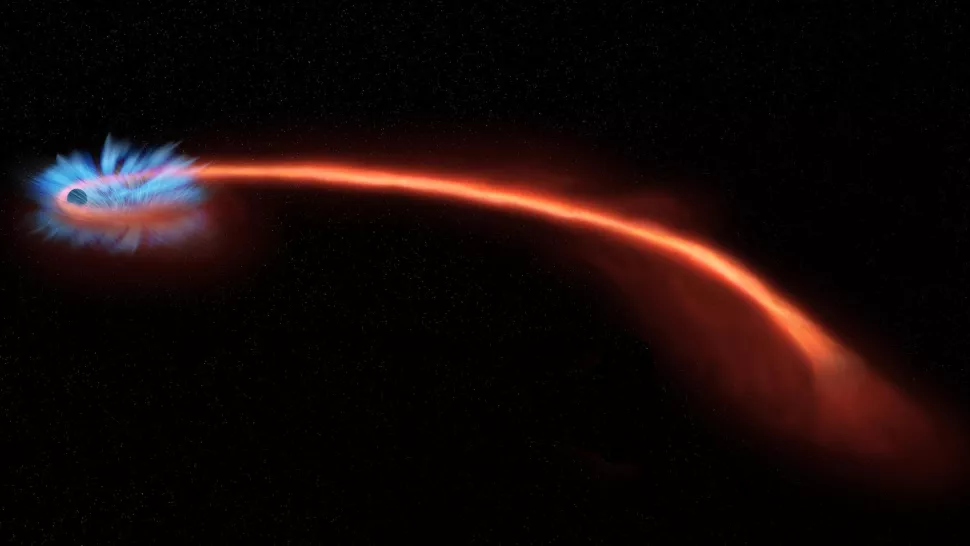MI weekly selection #477

Mammals became warm-blooded around 233M years ago
Warm-blooded mammals evolved roughly 233 million years ago, nearly 20 million years later than previously believed, after studying tiny inner ear canals that carry a viscous fluid called endolymph, which flows more easily when warmed and requires smaller passageways. The study looked at the inner ear canals of 341 animals.
Full Story: Live Science
Birds that perform unique functions may be next to disappear
Toucans, vultures, ibises and other birds with distinctive physical traits and significant ecosystem benefits may be the first to go extinct, according to the results of two different studies. “In some cases, there are no other organisms that can replace the unique ecological roles that these species play,” said ecologist Jedediah Brodie.
Full Story: Science
Rare volcanic eruption sheds light on Earth’s core
After 781 years of lying dormant, the Icelandic volcano Fagradalsfjall erupted last year, affording scientists a unique opportunity to learn more about the planet’s core. The study provides a clearer idea of what leads to volcanic eruptions.
Full Story: The New York Times
How black holes turn stars into ‘spaghetti’
Researchers have recreated the destruction of a sun-like star by a supermassive black hole — a phenomenon first observed in 2019 — and discovered that a significant amount of stellar material was not consumed by the black hole but shredded and blasted away at speeds of up to 35 million kilometers per hour, creating a massive gas cloud. The study supports previous observations of winds emerging from tidal disruption events and explains why high-energy emissions are not detected during them.
Full Story: Space
Evolution may be less random than previously believed
Scientists are postulating that evolution may be less random than previously believed after studying a plant in mountainous regions that repeatedly evolved three similar leaf patterns. “Now that we have established the pattern, our next challenges are to better understand the functional significance of these leaf types and the underlying genetic architecture that enables their repeated emergence,” says Ericka Edwards, co-author of the study.
Full Story: ScienceDaily